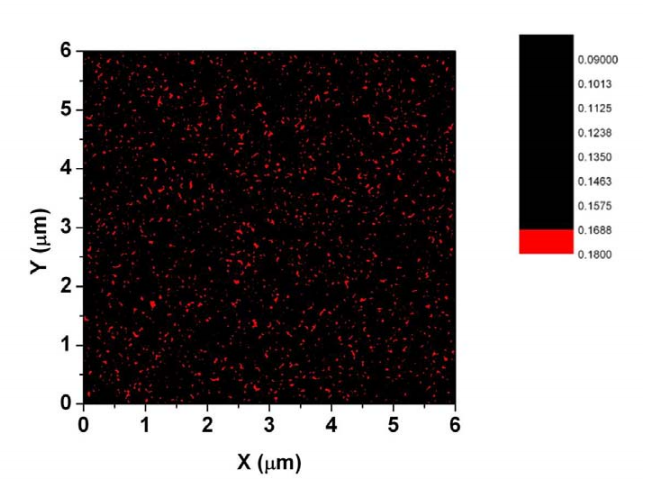MIT Technology Review
-----
Researchers exploit the strange properties of a liquid metamaterial to watch Minkowski spacetimes leap in out and of existence.

Metamaterials are synthetic substances with nanoscale structures that manipulate light. This ability to steer photons makes them the enabling technology behind invisibility cloaks and has generated intense interest from researchers.
The ability to guide light has more profound consequences, however. Various theoreticians have pointed out that there is a formal mathematical analogy between the way certain metamaterials bend light and the way spacetime does the same thing in general relativity. In fact, it ought to be possible to make metamaterials that mimic the behaviour of not only our own spacetime but also many others that cosmologist merely dream about.
Indeed, a couple of years ago we looked at a suggestion by Igor Smolyaninov at the University of Maryland in College Park that it ought to be possible to use metamaterials to create a multiverse in which different regions of the material corresponded to universes with different properties.
Today, Smolyaninov and a couple of buddies announce the extraordinary news that they have done exactly this. They’ve created a metamaterial containing many “universes” that are mathematically analogous to our own, albeit in the three dimensions rather than four.
“These regions behave as transient 2+1 dimensional Minkowski spacetimes which temporarily appear and disappear inside a larger metamaterial “multiverse”,” they say.
The experiment is relatively straightforward. Metamaterials are usually hard to engineer because they are based on nanoscale structures. However, Smolyaninov and pals have instead exploited the self-assembling nature of cobalt nanoparticles suspended in kerosene.
Cobalt is ferromagnetic so the nanoparticles tend to become aligned in a magnetic field. In fact, if the density of nanoparticles is high enough, the field causes them to line up in columns. When this happens, the nanocolumns form a metamaterial which is mathematically equivalent to a 2+1 Minkowski spacetime.
So light passing through behaves as if this region has one dimension of time, aligned with the nanocolumns, and two dimensions of space, perpendicular to the nanocolumns.
That creates a single Minkowski universe. The trick that Smolyaninov and pals have pulled off is to create a multiverse containing many Minkowski spacetimes .
The secret here is to keep the density of nanoparticles just below the threshold required to form nanocolums. That’s just over 8 per cent of the fluid by volume in this case. When that happens, natural variations in the density cause nanocolumns to form in small regions of the liquid. In effect, tiny universes are leaping in and out of existence. Smolyaninov and co can even “see” these universes by their effect on polarised light passing through the fluid.
That’s a fascinating result that demonstrates the potential of self-organisation to create metamaterials.
Smolyaninov has also suggested in the past that this kind work might give physicists a way to study new kinds of optical devices since photons can be made to behave like massive or massless particles, depending on the properties of their “universe”.
Clearly there’s more fun to be had here.
Ref: arxiv.org/abs/1301.6055: Experimental Demonstration Of Metamaterial “Multiverse” In A Ferrofluid.
Personal comment:
Again, some fascinating spatial and perceptual properties coming out from research in metamaterials. Even so it happens at nanoscales.

